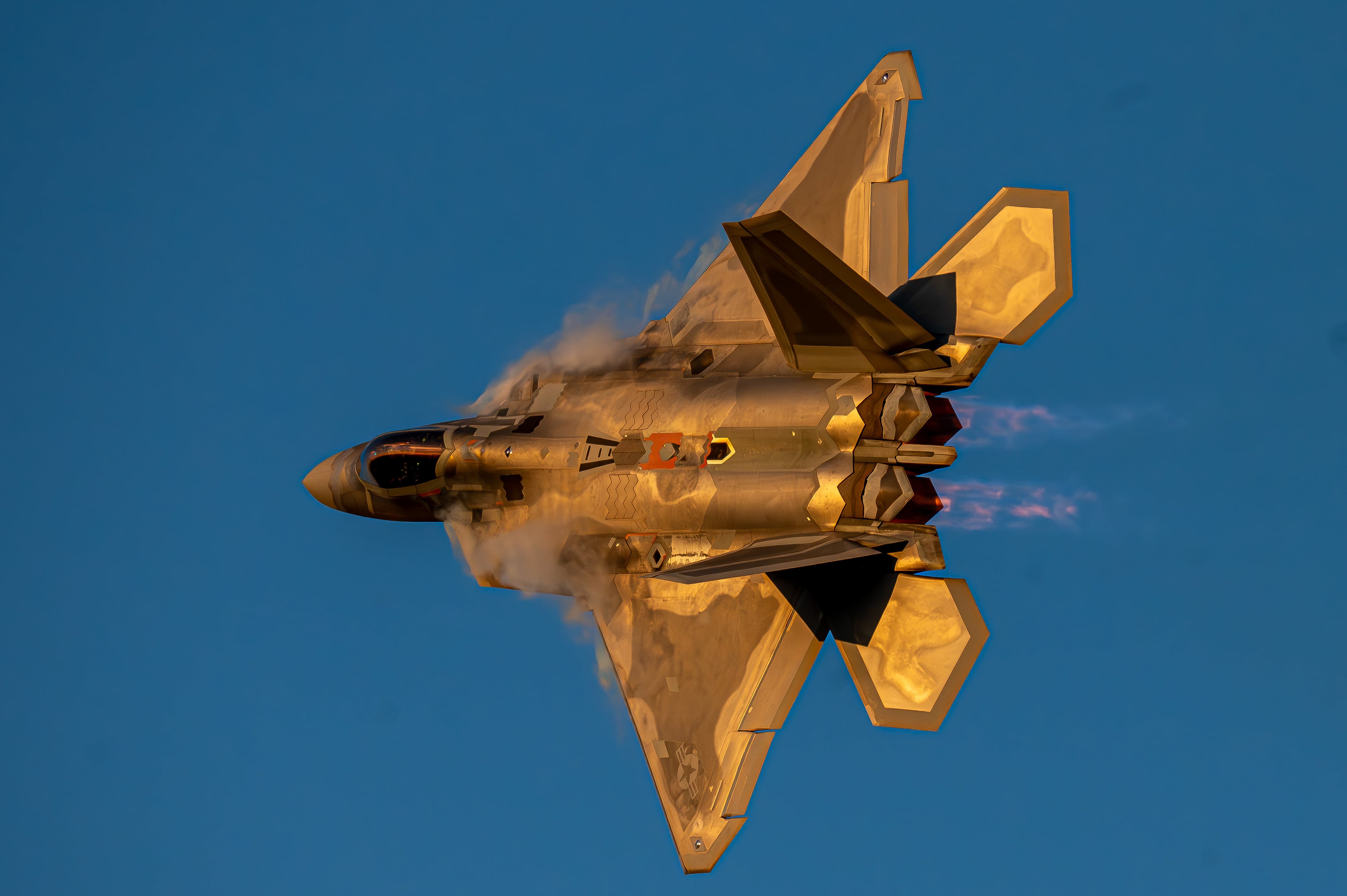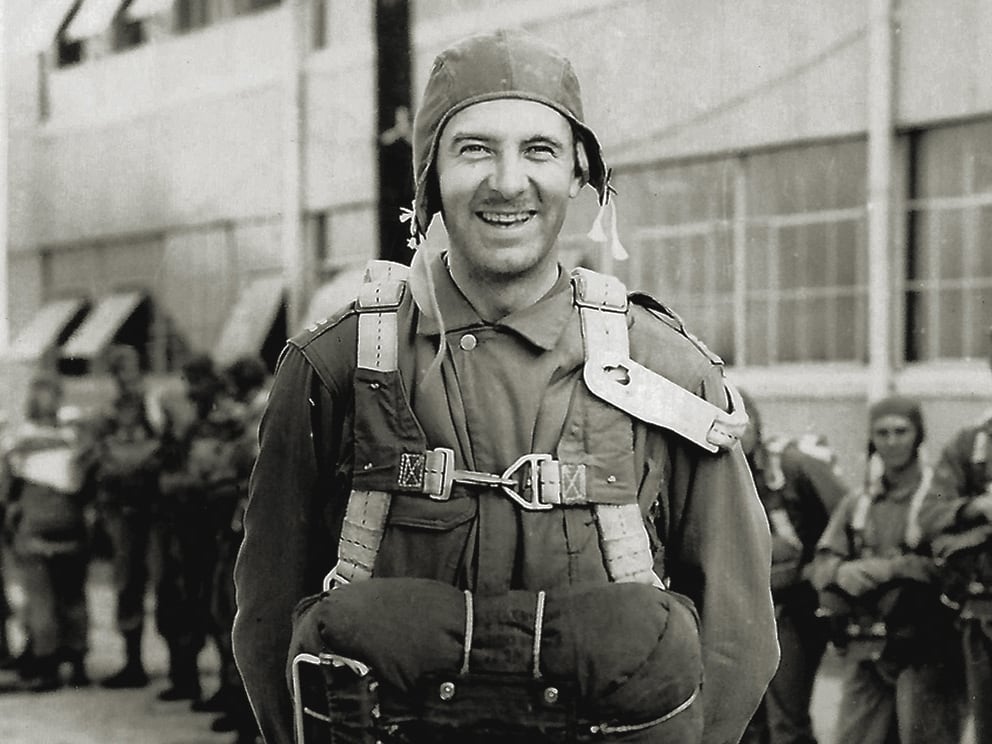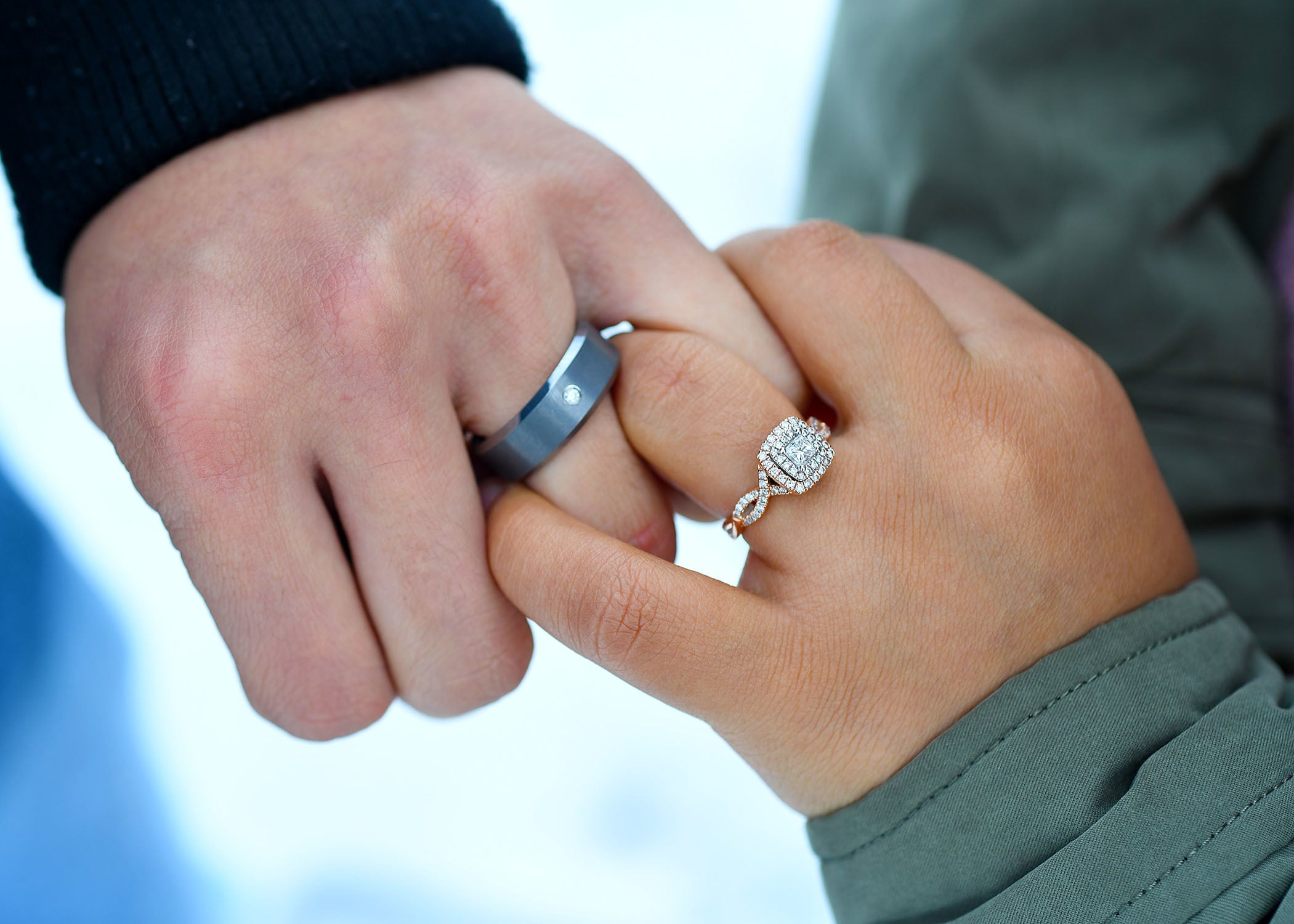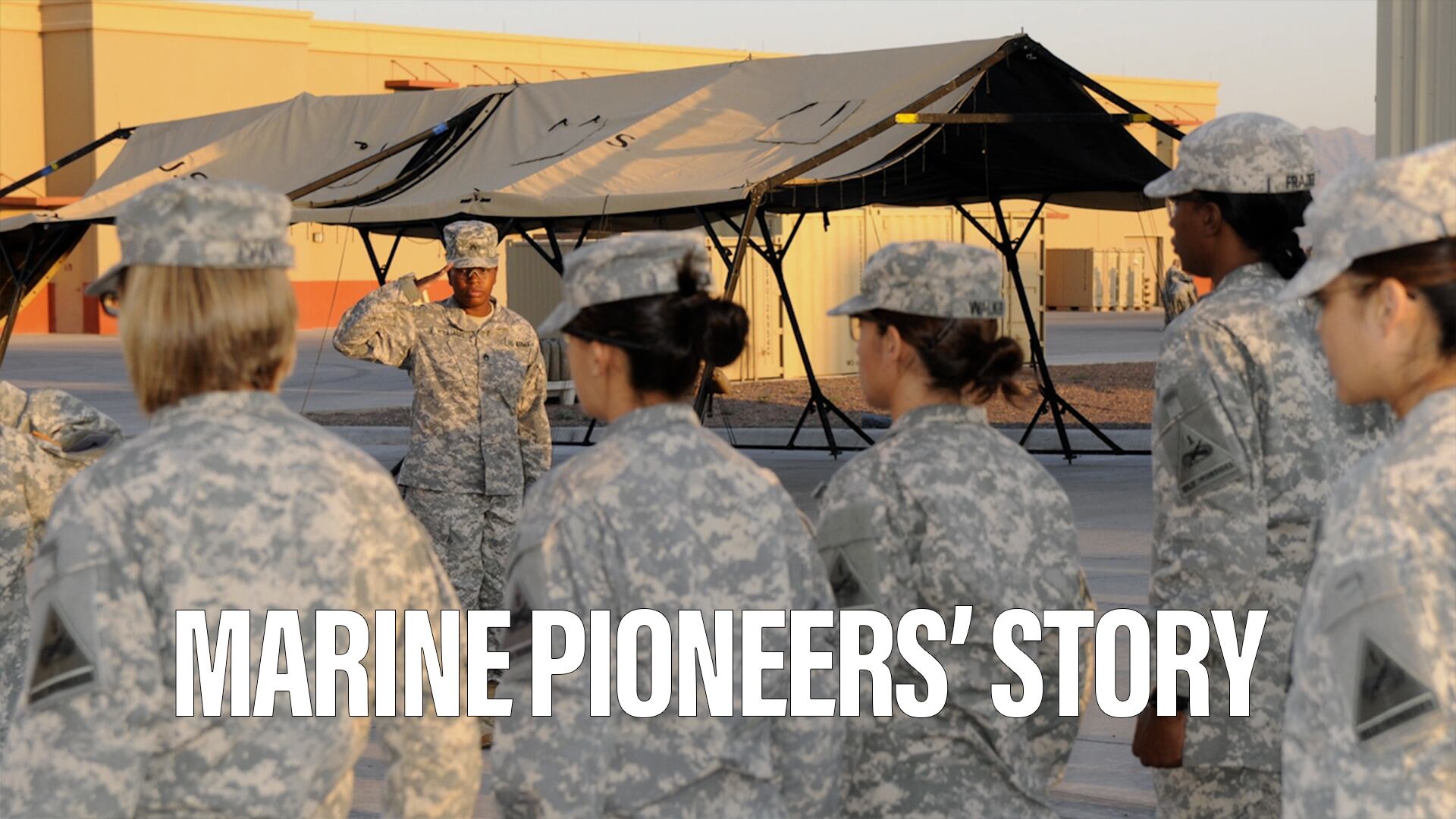In August 2011, Lt. Ashley White Stumpf joined an entirely female Army cultural support team, or CST, that would soon deploy to Afghanistan into combat alongside various elite elements of the military’s special operations community.
As a member of the specialized CST-2, White’s job, highly confidential and done during an era when women were barred from combat arms professions, was to build and improve relationships with Afghan civilians, an especially pertinent role due to cultural limitations placed on Afghan women that prevented them from speaking with men who were not family members.
But going on the same missions as Green Berets, Army Rangers, and Navy SEALs meant the women of CST-2, while not under the umbrella of combat arms, were encountering the same type of intense risks as their male counterparts.
On Oct. 22, 2011, while conducting a patrol of a compound in Afghanistan’s Kandahar Province, an Army Ranger accompanied by White and other members of CST-2 stepped on an improvised explosive device that triggered a daisy chain of IEDs.
Ashley White died in the blast, the first member of CST-2 to be killed in combat. The Ohio native, just 24 at the time, would be posthumously awarded the Bronze Star.
In 2015, best-selling author Gayle Tzemach Lemmon brought Ashley’s story to life in “Ashley’s War: The Untold Story of a Team of Women Soldiers on the Special Ops Battlefield.”
Now, more than five years later, that story is in development for a big screen adaptation courtesy of a production team that includes Oscar-winner Reese Witherspoon, director Lesli Linka Glatter (”Homeland”), screenwriter Molly Smith Metzler (”Shameless,” “Orange is the New Black”), and producer Bruna Papandrea (“Gone Girl”).
Lemmon, whose upcoming book “The Daughters of Kobani: A Story of Rebellion, Courage, and Justice” documents an all-female Kurdish militia that battled ISIS in Syria, spoke with Military Times about the process of writing “Ashley’s War,” the role of CSTs, and shattering previously held stigmas of women in combat.
How did you first learn about CST-2 and what transpired on Ashley’s deployment?
It actually started with hosting an event at the Council on Foreign Relations. I was full-time there at the time. There was a Marine veteran who was talking about these young women who were on night raids and operations in 2011.
And I knew Afghanistan, but I somehow didn’t realize that there were women on special operations missions. I became absolutely focused on finding out more, so I started searching. There was very little out there — a press release, maybe five or six short clips, and an obituary that mentioned the Ranger Regiment. I wanted to know more about who these people were, what they were doing on these operations, and how we didn’t know more about them as a country.
Eventually, I got in touch with Ashley’s family, and I said, “You don’t know me, but I’d really like to tell this story. I’d like to understand who your daughter was.” Her mother said, “We were always waiting for somebody to call.”
The minute I walked into their house and looked at the letters that had come in and saw the things that people have left at her gravesite, I knew this was something extraordinary. I just didn’t know what that was. And that was really the journey over the next two years.
Can you touch on what CST-2′s mission entailed, as well as what the team members thought of the initiative?
Over the course of writing the book, “Ashley’s War” ultimately became a story of friendship, love and valor, and that was a result of spending hours and hours with a group of young women who simply answered when their country asked.
As you know, in conservative and traditional societies, where men cannot speak with women who are not related by blood or marriage without giving offense, if you want to understand what was happening and wanted to access the entire population, you had to have women.
And so, this team was recruited from across the Army Guard and Reserve to go on some of the most important — and most dangerous — missions the military was undertaking. These women were recruited in March 2011, they trained in the summer, and by August, those who were on direct action missions were seeing the kind of combat experienced by less than 5 percent of the entire U.S. military.
There are many long-established, misguided stigmas when it comes to women in combat. What did your experience teach you about the nature of those perceptions? How did you see them evolve?
What it taught me was that those who were closest to these women had enormous respect for them. It was about serving with purpose and accomplishing the mission.
The men I met — Rangers who had done 13, 14, 15 deployments post-9/11 — made it clear that it was only about who can help you accomplish the mission and make it back home.
And I think that’s what America is missing. America is so distanced from its wars and from the people who have fought them. These men and women in these roles don’t have time for politics. They are trying to accomplish their mission, and any individual who got them home safely while getting the job done counted.
In the book there were certain special operators who were skeptical in the beginning, but then they take one of these CST members out with them and this woman helps find the thing or person they’ve been looking for because they can access quarters that would never have been within reach.
This was a group of women, who, when officially banned from ground combat, were seeing intense combat experienced only by a small fraction of the military — all while serving with valor and with enormous respect to the people with whom they went out every night.
What expectations did you have about Ashley’s role going into writing the book versus your takeaway at its conclusion?
I had never spent years inside the special operations community or speaking with women who were a part of it. I felt like I was suddenly part of this world that was hidden in plain sight. And I felt a responsibility to show America who these extraordinary women were.
It wasn’t enough to just show that they exist — they were funny, they had deep friendships, they were each other’s babysitters, divorce therapists, career coaches, the person they would text at 2 a.m. Only they understood what they had done on the battlefield.
But America had no idea they existed and no idea what to do with them when they came home — the combat ban was still in place. So, I just felt compelled to tell a story that illuminated the world that these young women had built for themselves.
How did the process play out in terms of adapting the book for the big screen?
Right before the book came out, Reese Witherspoon and a number of others reached out and made it clear that they loved this story and wanted to do all they could to land it on the big screen.
In my mind I had always seen this story visually. As I was writing, I visualized how incredible these women’s realizations must have been that there were others like them. All of a sudden each of them realized they weren’t the only person who wanted to test themselves against the best of the best in service to their country.
It’s been a journey to get this project done, so we’re absolutely thrilled — over five years later — to be here, with America that much closer to seeing this story.
What does it mean to have some of these great women in the film industry steering this project?
It’s a testament to the women in the story, it’s a testament to the service members, and it’s a testament to the desire to connect with our stories of valor and courage in new ways.
These women could choose to work on any project they want, so the fact that this is one they have consistently pushed for and championed means so much. And that’s a result of what these young soldiers stood for.
Obviously your book is a bulk source in this endeavor, but what does your input encompass in the film adaptation process?
It’s been an amazing team to be a part of, and my role is simply to support and help, to answer any contextual questions. We’ve been in this as a team for five years now, so we all know each other pretty well. (laughs)
This team has shown such great commitment in pushing this story forward and to bringing this to girls and boys — the next generation of young people — who will see, in a different way, what warriors look like.
A big thank you to Gayle Lemmon for taking the time to chat. Learn more about “Ashley’s War” and pre-order Gayle’s upcoming book “The Daughters of Kobani,” scheduled for a Feb. 16, 2021, release.
Jon Simkins is the executive editor for Military Times and Defense News, and a Marine Corps veteran of the Iraq War.
Tags:
upcoming military moviesbest military moviesashleys war movieashleys war bookashley white armyashley white stumpfgayle lemmonIn Other News














